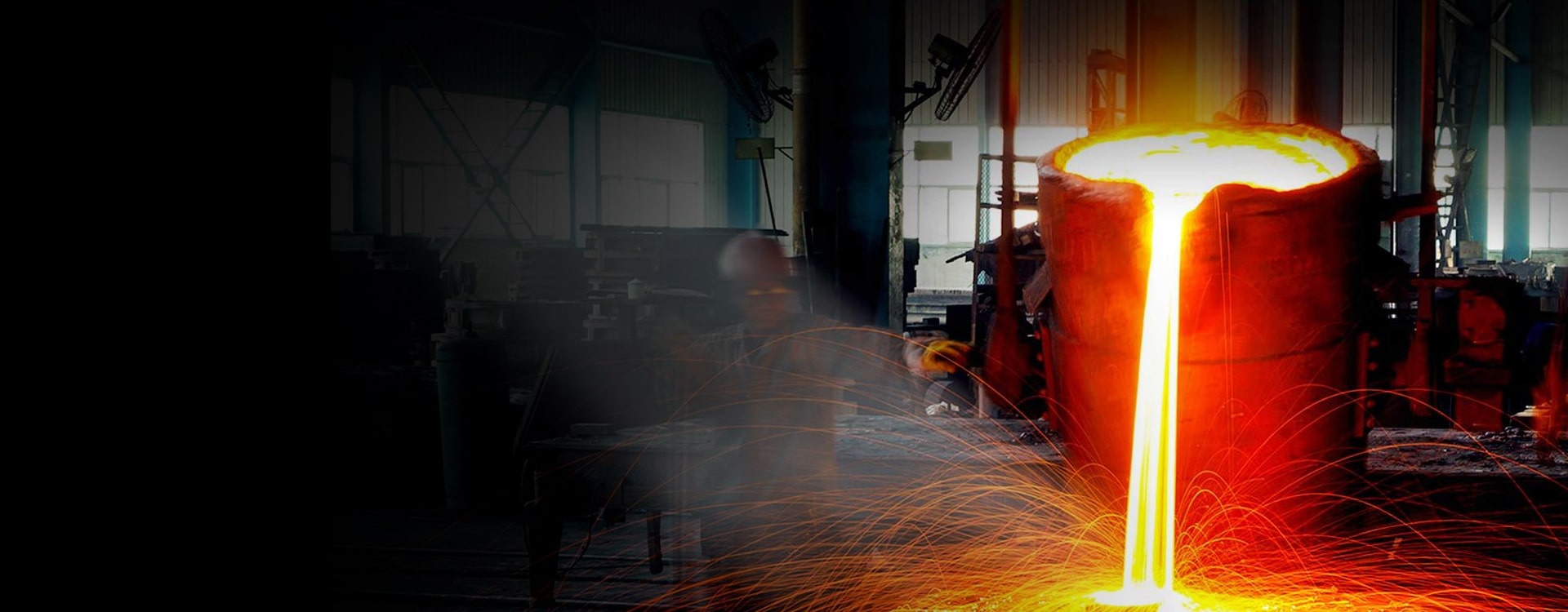Metallurgy in the main points of the treatment operation
Metallurgy in the main points of the treatment operation What are the key points of the gestation processing operation:First, the selection of the inoculant is uniform in size and moderate in size, so as not to affect the incubation effect, and the molten iron after conception should be fully stirred before slag treatment;Second, it is necessary to strictly control the time of incubation treatment, especially the use of Si-Fe inoculating agent, the anti-recession performance is not good, and the incubation time must be controlled at more than 70% of the iron production time; (Long-acting incubation using barium silicon inoculant)Third, to determine a breeding amount, for gray iron parts, generally controlled at 0.3%-0.6%, do not blindly increase the amount of pregnancy, too high the amount of gestation will increase the viscosity of the iron and slag inclusion, shrinkage, shrinkage tendency.The operation process of gestation treatment is a very important process, and attention should be paid to various details, otherwise the desired gestation effect will not be achieved. Generally speaking, the effect of following the flow is good, so when conditions permit, use the flow of pregnancy. When incubating in front of the furnace, artificial incubation is generally carried out in the molten iron outlet tank, which can achieve better incubation results. There are also spontaneous incubations under automatic control conditions, and its advantage is that the control of the amount of pregnancy is more accurate.If you need it, you can contact us!Email: joanna@aykxgj.com +8616638320060





